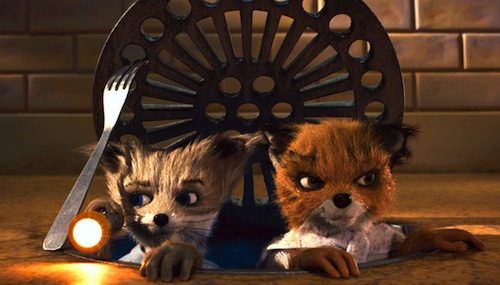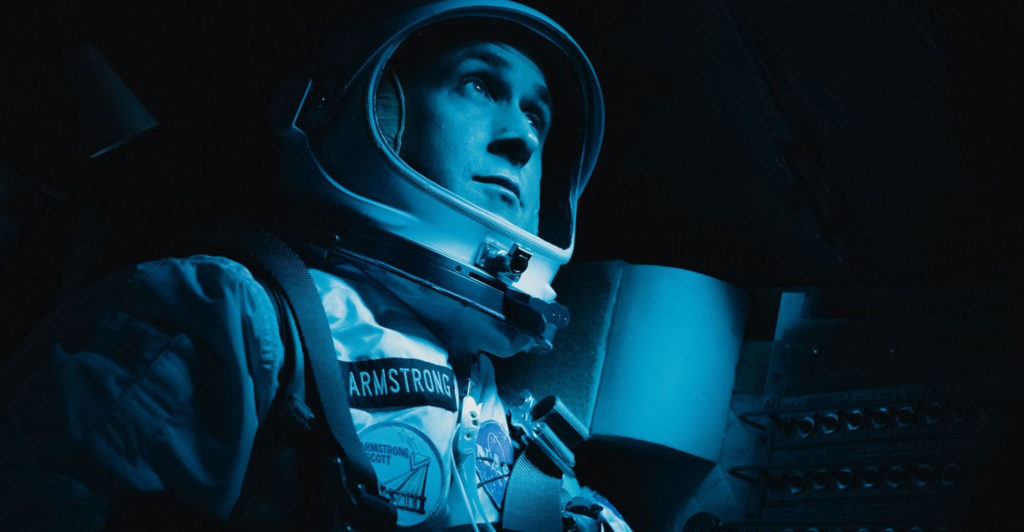An animated adaptation of Roald Dahl’s Fantastic Mr Fox seems, on the face of it, to be an unlikely project for Wes Anderson, the American auteur responsible for indie dramas such as Rushmore and The Royal Tenenbaums.
Yet his film version of the beloved children’s classic manages to be true both to his own quirks as filmmaker and to the cheerfully anarchic spirit of Dahl’s writing. Weighing in at less than 90 minutes, Fantastic Mr Fox is a breezy and witty movie that never overstays its welcome.
It follows the broad-brush outline of Dahl’s book, but with a few minor details changed and the addition of more back story to flesh it out to feature-film length.
Like the book, the film is mostly about an escalating war between the daring, debonair Mr Fox and Boggis, Bunce and Bean, the three dull-witted, bad-tempered farmers whose larders and henhouses he raids. Perhaps one mark of the film’s success is that it’s hard to tell at a glance where Dahl’s vision ends and Anderson’s begins.
Fantastic Mr Fox has much in common with the recent cinematic adaptation of Maurice Sendak’s classic children’s book, Where the Wild Things Are, by Spike Jonze, the eccentric director of Being John Malkovich and Adaptation. Both films appear to be made at least as much with nostalgic adults in mind as children.
And both films proudly bear the distinctive indie sensibilities of their directors with few obvious concessions to current notions about what a children’s film should look and feel like. Macabre undercurrents swirl beneath Fantastic Mr Fox’s cheery surface, and the rapid-fire, smart-alecky verbal and visual jokes never presume to talk down to children.
The 1960s folk and rock soundtrack music, the dry dialogue, the dysfunctional family dynamics — many of Anderson’s directorial trademarks are strongly in evidence throughout Fantastic Mr Fox. He also taps many of the actors he has worked with in the past for voice roles in the movie — including Jason Schwartzman, Owen Wilson and Bill Murray.
One of Anderson’s bravest creative decisions is the choice to use stop-motion animation to tell the story rather than the latest computer generated imagery (CGI) techniques. Stop-motion animation — an age-old technique used in films as old as the original King Kong and as recent as Coraline — is a painstaking process, but one that yields striking results in the right hands.
From its very first frame, Fantastic Mr Fox is a beautiful film to look at, infused with earthy tones and autumnal colours. The film has a wonderful texture to it — the grain and feel of the foxes’ fur and their corduroy clothes are almost tangible. The combination of a brisk contemporary pace and snappy dialogue with a folksy art-design lends Fantastic Mr Fox a charm entirely of its own.
Anderson assembled an A-list cast of actors to voice the characters that inhabit Mr Fox’s World. Heading the bill is George Clooney, who plays the charismatic rapscallion as a vulpine version of his Danny Ocean character from Ocean’s 11. He is ably supported by Meryl Streep as Mrs Fox. The scene-stealer, however, is Willem Dafoe’s grit and oil soaked take on the villainous Rat.
Rather than capturing the voices in a studio, Anderson caught them in settings like barns and forests, which is perhaps one reason that the film feels so loose and spontaneous. Much like its hero, Fantastic Mr Fox is mischievous and good-natured, mannered but free-wheeling, and irresistible, whatever faults it might have. — Lance Harris, TechCentral
- Subscribe to our free daily newsletter
- Follow us on Twitter or on Facebook





